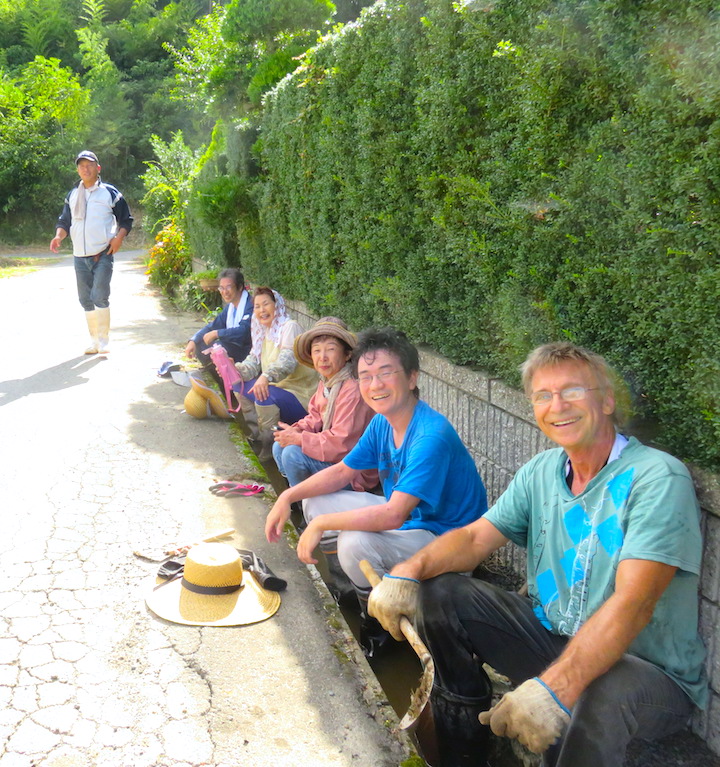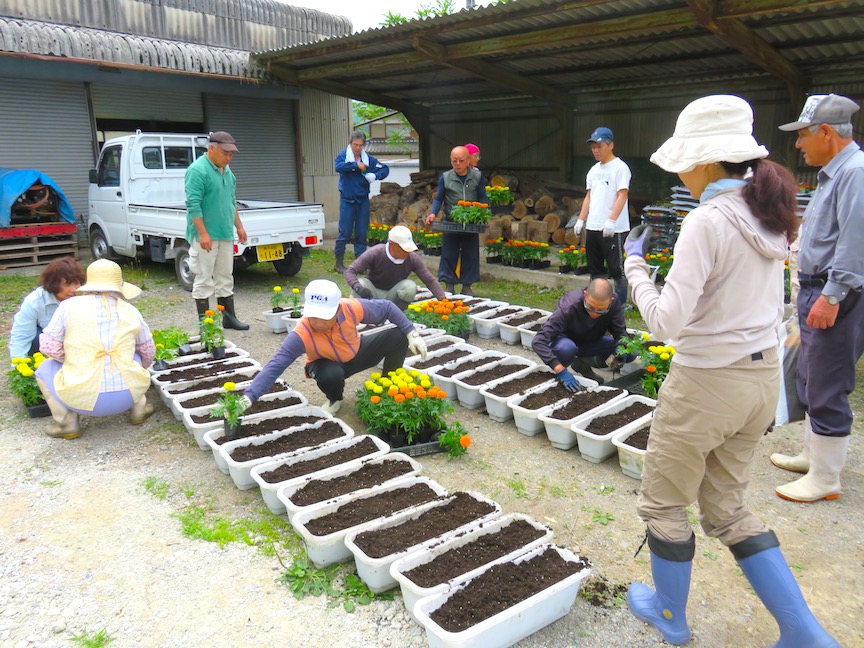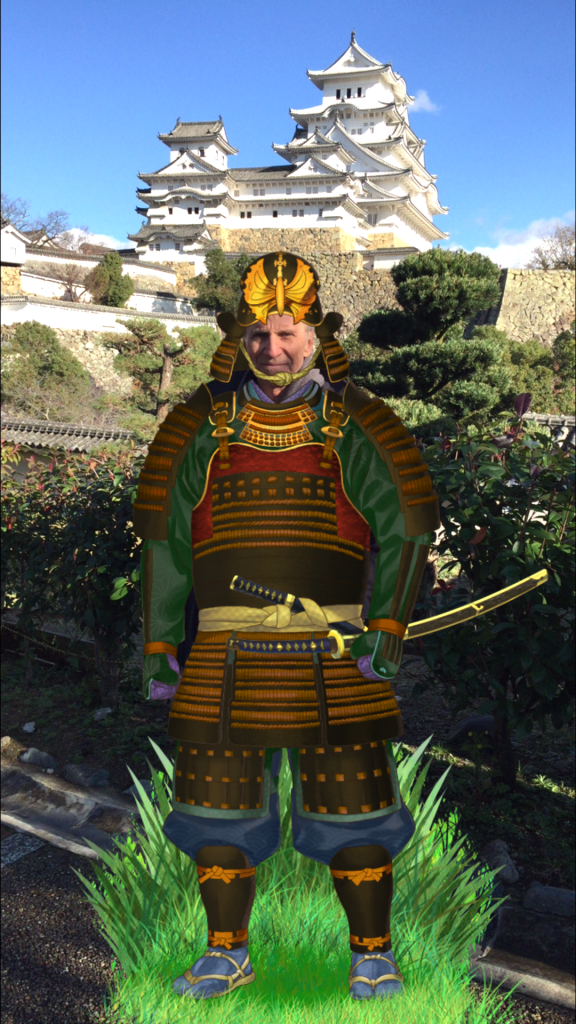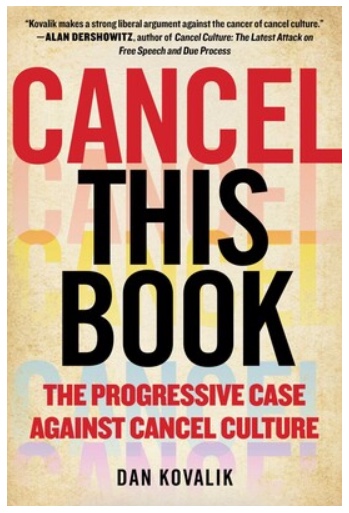
My lovely wife just told me that our village has “work days” coming up, the 13th and 27th of June. When the weather is accommodating, one member from each household reports at 8:00 am for a work day — it’s always a Sunday — and we do whatever needs to be done to keep our village clean, attractive, and functional.

I can’t begin to tell you how cool I think this is! Despite living in a variety of different cities and towns in four of the fifty states in America, I’ve never encountered anything quite like community work days. The attitude there tends to be “let someone else take care of it” or “the government should do it, since we’re paying out all this money in taxes.” Well, Japanese pay taxes too, but there are still things that need to get done. The local citizens take pride in helping out.
Mind you, the only other country I’ve been in that’s as clean as Japan, is Switzerland. Trust me, it’s very unusual to ever see litter anywhere here, but on the off-chance that a candy wrapper or soda can should get left on the ground, that’s one possible work day assignment, collecting the rare cigarette butt or plastic bag lying around. Since there’s practically nothing to pick up, we usually apply ourselves to other more fruitful tasks.

the rest will be distributed throughout the village,
along the more frequently traversed lanes.
On the 9th, we’ll be cutting and clearing weeds and bamboo from Noma Village’s shared property — that not owned by individuals — then planting flowers around the community center (photo at top of this article) where we meet for various activities. For example, see Annual Neighborhood Barbecue and Annual Neighborhood Curry and Bingo Party). Finally, more flower planting in portable boxes which will decorate the area.
On the 27th, we’ll be cleaning up the grounds for our local shrine. This will mostly consist of hacking away at weeds, clearing overgrown brush, cutting vines from the trees. Here I am last year with my neighbor Yamamoto-san doing exactly this.
The other big set of duties for work day get-togethers is maintenance of water irrigation ditches and pathways, vital for keeping our crops growing. 95% of what we grow is rice and soybeans, the other 5% is vegetables of different sorts.
I guess there might be naysayers and cynics out there who because they haven’t grown up in Japan, don’t understand this type of community spirit. But from what I’ve personally seen, the locals love it! Not only are we doing something useful and beneficial for ourselves and our neighbors, but it’s a chance to spend three or four hours together. The social aspect is just as important as its functional contribution.
Hey! If you happen to come visit me and it’s a work day, I’ll bring you along. You can see for yourself what it’s all about, make yourself useful, and as a bonus, get a free bottle of tea and a pastry when we take a short break at the halfway mark. It’s a win-win!












